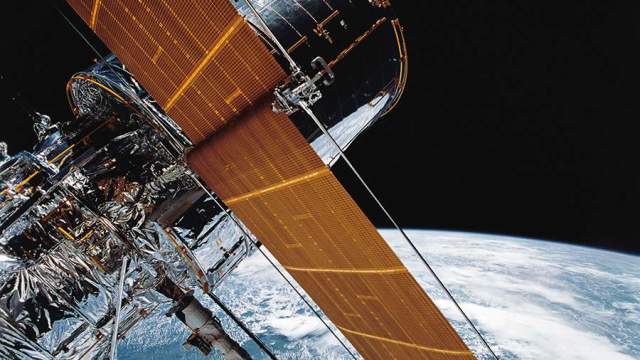About 3.7 billion rubles were allocated for the creation of the Russian ultraviolet space telescope "Spectrum-UV" in the period up to 2025. The device will become an analogue of the American Hubble telescope. This is reported by RIA Novosti with reference to the data of the public procurement website.
According to the materials, on July 8, a contract worth 3.68 billion rubles was signed between Roscosmos and the Lavochkin NGO subordinate to it for " the development of working design documentation for the components of the space complex, including the components of the spacecraft (SPACECRAFT), the manufacture and testing of the components of the spacecraft and the complex of scientific equipment in 2021-2025."
The work is planned to be completed by the end of 2025.
The Spectrum-UV astrophysical Observatory is designed for observations in a part of the ultraviolet spectrum inaccessible to ground-based telescopes. "Spektr-UV" is close to the American Hubble space telescope in its capabilities. With the help of the observatory, researchers will study the physical processes in the early Universe, the formation of stars, the evolution of galaxies, the processes of falling matter into black holes, the atmospheres of planets and exoplanets and comets.
In March, the Baikal-GVD deep-sea neutrino telescope, the largest in the Northern Hemisphere, was launched on Lake Baikal. The ceremony was attended by the Minister of Science and Higher Education of the Russian Federation Valery Falkov, Director of the Joint Institute for Nuclear Research Grigory Trubnikov, Governor of the Irkutsk Region Igor Kobzev.
Baikal-GVD is designed for recording and studying ultrahigh-energy neutrino fluxes coming from outer space, from the depths of emerging or dying galaxies and various exotic stellar objects. It is assumed that these particles carry with them information about what happened in the Universe millions and billions of years ago and shed light on the mysteries of its origin and evolution.

